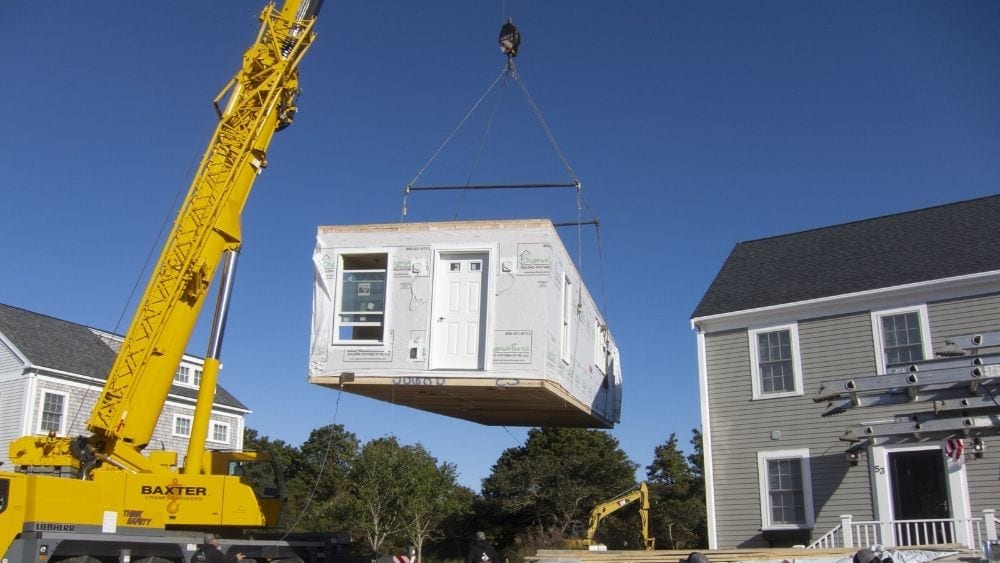
Exploring the Potential of Modular Homes
The concept of modular homes has been around for a while, primarily in construction sites, military complexes, and industrial spaces. However, could these modular structures hold the key to addressing housing challenges in rapidly growing urban populations? As the global population expands, the housing supply frequently falls short of demand, leading to rising prices and housing crises. In this article, we delve into the advantages of modular homes, their future prospects, and the challenges they face.
Advantages of Modular Homes
1. Speed and Standardization
Modular homes offer a streamlined construction process with standardized units, enabling swift assembly. This eliminates construction delays and budget overruns, making them a cost-effective solution for housing needs.
2. Flexibility and Customization
Modular homes provide flexibility by allowing the configuration of “modules” to match design preferences. Whether it’s adding or reducing modules or choosing from various standard designs, modular homes can be customized to meet individual or institutional requirements.
3. Reduced Local Disturbances
Most of the work on modular homes occurs in indoor factories, minimizing on-site construction time and disturbances to local communities. This shift reduces the constant disruption associated with traditional construction sites.
The Future of Modular Homes: Opportunities and Limitations
Modular homes are constructed in indoor factories through the assembly of separately made modules. While this concept offers great potential, there are also notable limitations to consider:
1. Transportation Challenges
Transportation regulations limit the size of prefab modules that can be transported by trucks, posing challenges in navigating obstacles such as trees and power lines. Overnight storage of these modules can also be a logistical concern.
2. Large Open Spaces
Building modules for large, open spaces and transporting them to the site can be complex. In such cases, hybrid homes may emerge, with some modules built in factories while larger open areas are constructed on-site.
The Growing Market for Modular Homes
Despite these challenges, the modular construction market is expanding rapidly. The market size currently stands at 82.3 billion US dollars and is projected to reach 139.03 billion dollars by 2029, with a compound annual growth rate of 6.2%. Key drivers of this growth include the demand for affordable complex structures, urbanization, and industrialization.
Modular Homes Beyond Earth
One intriguing prospect for modular homes lies in space exploration. With the constraints of construction in space or on celestial bodies like Mars, modular homes could play a crucial role. These homes could be built in modules on Earth and then transported to space colonies, addressing the unique challenges of extraterrestrial construction.
In conclusion, while modular construction hasn’t fully replaced traditional methods, it remains a growing trend. Its affordability, speed, and adaptability position modular homes as a potential solution to housing challenges in both developed and emerging markets. Moreover, their role in space colonization could be a fascinating chapter in the future of housing.
Unlock a Turn-Key Solution for Your Modular Garden Suite, Starting at $179,900.
Source: https://www.futuresplatform.com/blog/are-modular-homes-future


